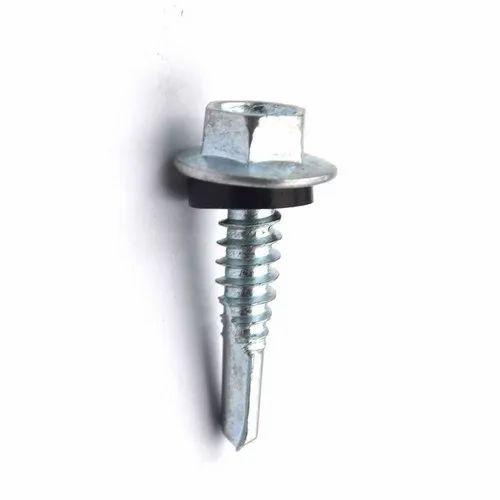cup spring washer
Understanding Cup Spring Washers Essential Components in Engineering Applications
Cup spring washers, often referred to simply as spring washers, play a crucial role in various mechanical applications due to their ability to absorb shocks, maintain tension, and prevent loosening of fasteners. These components, characterized by their unique cup-like shape, are designed to provide a resilient and reliable solution for ensuring the stability and longevity of assemblies in many engineering fields.
Design and Functionality
The unique design of cup spring washers allows them to exert a consistent load over a range of compressions, making them ideal for applications that experience dynamic loads. When a fastener is tightened, the washer compresses, creating a spring effect that counteracts the forces that could lead to loosening. This is particularly important in environments subject to vibration, such as in automotive, aerospace, or industrial machinery, where even the smallest amount of slack can lead to failure.
Cup spring washers are typically made from high-quality materials like stainless steel, carbon steel, or other alloys to enhance their performance in demanding conditions. Their resistance to corrosion and fatigue further extends their applicability in harsh environments, including marine and chemical settings.
Applications
The versatility of cup spring washers makes them suitable for a broad range of applications. In automotive engineering, they are commonly used in engine assemblies, suspension systems, and other critical components where robust performance is non-negotiable. In the aerospace sector, their reliable tensioning capabilities help ensure the structural integrity of aircraft parts, contributing to safety and performance.
cup spring washer

Moreover, cup spring washers are also prevalent in electronics, where they secure connections and prevent disengagement due to thermal expansion and contraction during operation. Their compact design allows them to fit well in tight spaces, making them a preferred choice in compact mechanical systems.
Installation and Best Practices
Proper installation of cup spring washers is essential to maximize their effectiveness. They should be positioned so that the concave side faces the surface of the fastener or component being secured. This orientation ensures optimal spring action and load distribution. Additionally, it is advisable to use a combination of cup spring washers and flat washers for a more stable arrangement, as this can help distribute the load evenly and prevent deformation.
When working with cup spring washers, it’s important to consider the load requirements and select the appropriate size and thickness. Over-tightening can lead to failure, while insufficient tension might not provide the necessary resistance. Therefore, understanding the specifications of both the washer and the application is key to achieving the desired results.
Conclusion
In summary, cup spring washers are essential components in various machinery and engineering applications. Their innovative design and functionality provide effective solutions for preventing loosening, absorbing shocks, and maintaining consistent tension. As industries continue to evolve, the demand for reliable, high-performance components like cup spring washers will remain a critical factor in engineering success. Whether in automobiles, aerospace, or everyday household applications, these washers demonstrate the importance of small components in achieving overall reliability and safety in mechanical systems.
-
Top Choices for Plasterboard FixingNewsDec.26,2024
-
The Versatility of Specialty WashersNewsDec.26,2024
-
Secure Your ProjectsNewsDec.26,2024
-
Essential Screws for Chipboard Flooring ProjectsNewsDec.26,2024
-
Choosing the Right Drywall ScrewsNewsDec.26,2024
-
Black Phosphate Screws for Superior PerformanceNewsDec.26,2024
-
The Versatile Choice of Nylon Flat Washers for Your NeedsNewsDec.18,2024










